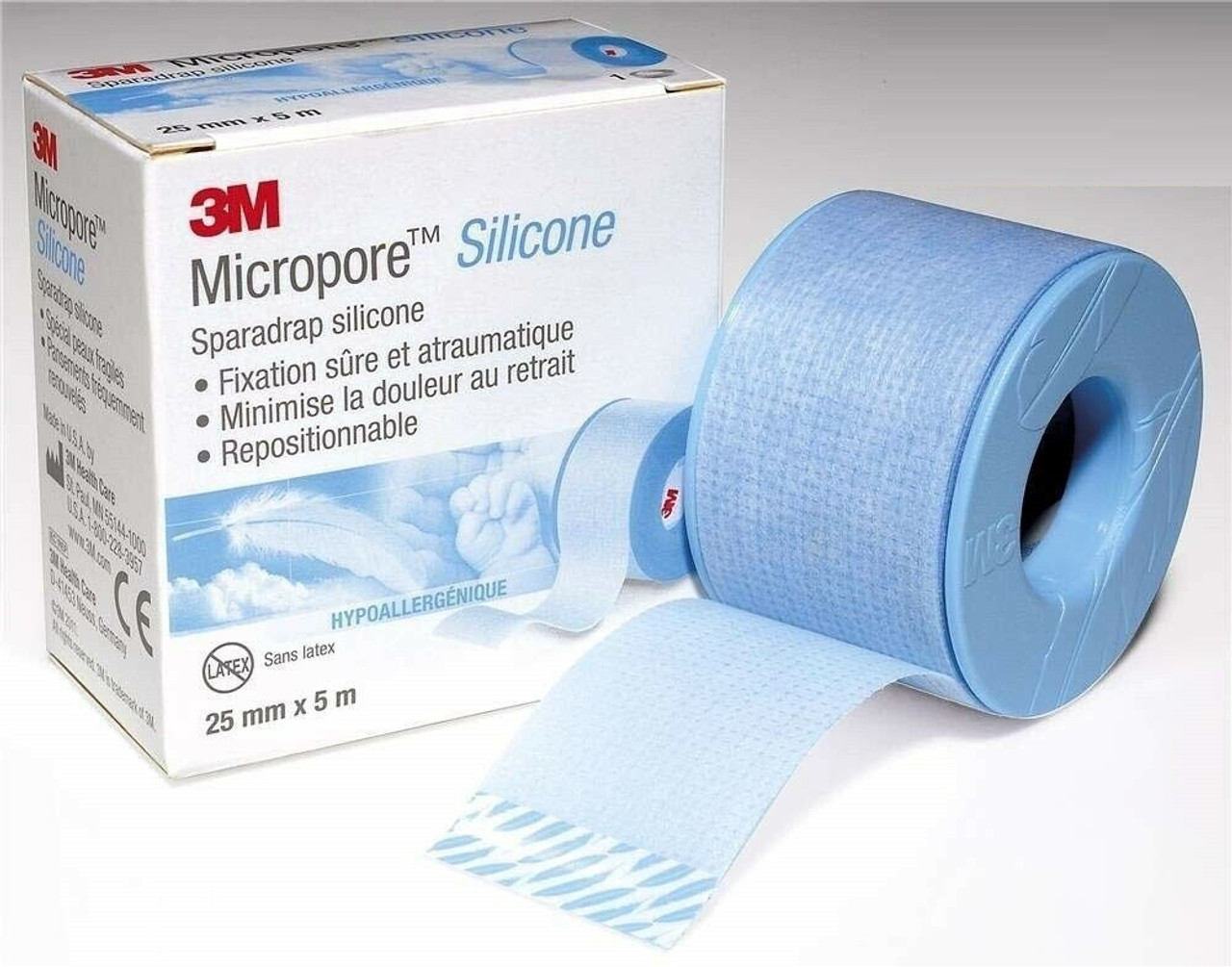
If there is a lot of discharging and needs to be changed, keep it with your fingers so that the wound does not open and carefully replace it with a new one. Disinfection is easy to be on the Steri-Strip directly, because the permeability is good. If you apply directly to the injured wound instead of suturing, it is not necessary to remove the Steri-Strips until the wound is healed. If the adhesive strength weakens and when it seems like peeling off, then replace it. Usually more than 3 days are well maintained. Usually it is suggestive to change every 3-5 days. If the Steri-Strips attached after removing the stitches, the adhesive strength decreases as time goes by. cheeks.2,7 Finally, keloid scars do not regress over time but persist or even. The period for replacing the Steri-Strip is not fixed. Although impairment of the epidermis can heal without scar formation, deep. It is best to disinfect it with betadine when you sterilize it on Steri-Strip. Therefore, Steri-Strips can be disinfected without removing them.

As mentioned earlier, one of the advantages of Steri-Strip is that it is semi-permeable. You can apply betadine or povidone disinfectant on the Steri-Strip. The response rate with this protocol is about 90% resolution of the Keloid Scars.When you are dressing the next day, remove the gauze and leave the Steri-Strip. Severe, recurrent Keloid Scars are treated by surgical excision and immediate post-operative superficial radiotherapy. Some may require surgical excision combined with steroid injections.
#Does micropore tape help scars full#
Initial treatment will involve a course of steroid injections which is expected to produce improvement in about 80% or scars. Full healing of soft tissue and surgical incision usually does not occur until four to six weeks after your surgery or injury.

Keloid Scars can be problematic to manage, requiring a logical and planned approach. Usually, these scars become less itchy, flat and pale after 3 treatments. Micropore paper tape should be placed over suture lines for the first two weeks after. Taping the scar also has the advantage of providing UV protection while in the healing phase. The wound will need a little extra help while it becomes waterproof.

It is also commonly recommended to minimize post-surgical scar formation. More severe Hypertrophic Scar may require topical steroid treatment (Haelan Tape) or a course of steroid injections every 4 to 6 weeks. Adhesive paper tapes such as Micropore are proven to reduce the possibility of scars becoming raised and are effective in applying gentle and constant pressure to the incision, protecting and supporting the wound. Micropore tape is a paper tape used to dress wounds and secure medical tubing. The goal of silicone gels and patches are to not only reduce the risks of hypertrophic scar or keloid formation, but also to reduce the redness of an incision. The tape will need to be removed once a week and new tape reapplied. Some scar respond well to Silicone Gel either as an application or as a plaster. The pressure of the micropore tape over your scars helps to reduce tension on the healing wound which helps reduce the risk of developing problematic scarring and improves surgical scars healing. Hypertrophic Scars may require more active treatment using pressure tape or garments, such as Lycra Garments, or TubiGrip. Normal scars are managed to achieve the best possible scarring with simple Micropore Tape worn day and night for up to 3 months. The role of Plastic Surgery Revision of Scar is to restore self-esteem and improve the quality of life. Self-esteem, self-confidence and social interaction can be significantly affected by abnormal scarring. However, when scars result from injuries, burns or cancer excision, the psychological impact of scarring can be profound. The aim of all surgery is to achieve a scar(s) that are as inconspicuous as possible.
#Does micropore tape help scars skin#
Scar revision surgery should minimize the scar so that it is more consistent with your surrounding skin tone and texture.

Scars may be raised or recessed, different in color or texture from surrounding healthy tissue or particularly noticeable due to their size, shape or location. Even a wound that heals well can result in a scar that affects your appearance. Poor healing may contribute to scars that are obvious, unsightly or disfiguring. They are unavoidable results surgery, and their development can be unpredictable. (Silicon tape can also be used.) Rubbing creams and oils into the suture line is discouraged until after this six-week period. Scars are visible signs that remain after a wound has healed. This is recommended for at least six weeks and you will need to change the tape every five to seven days.


 0 kommentar(er)
0 kommentar(er)
